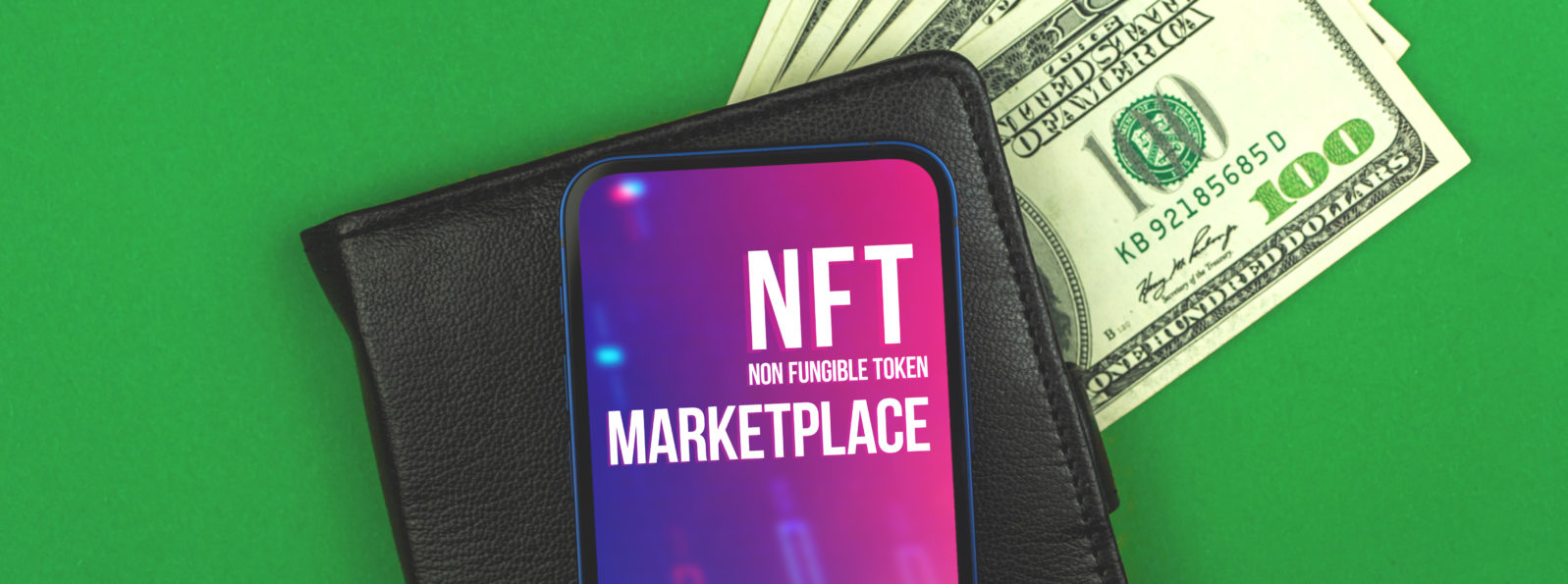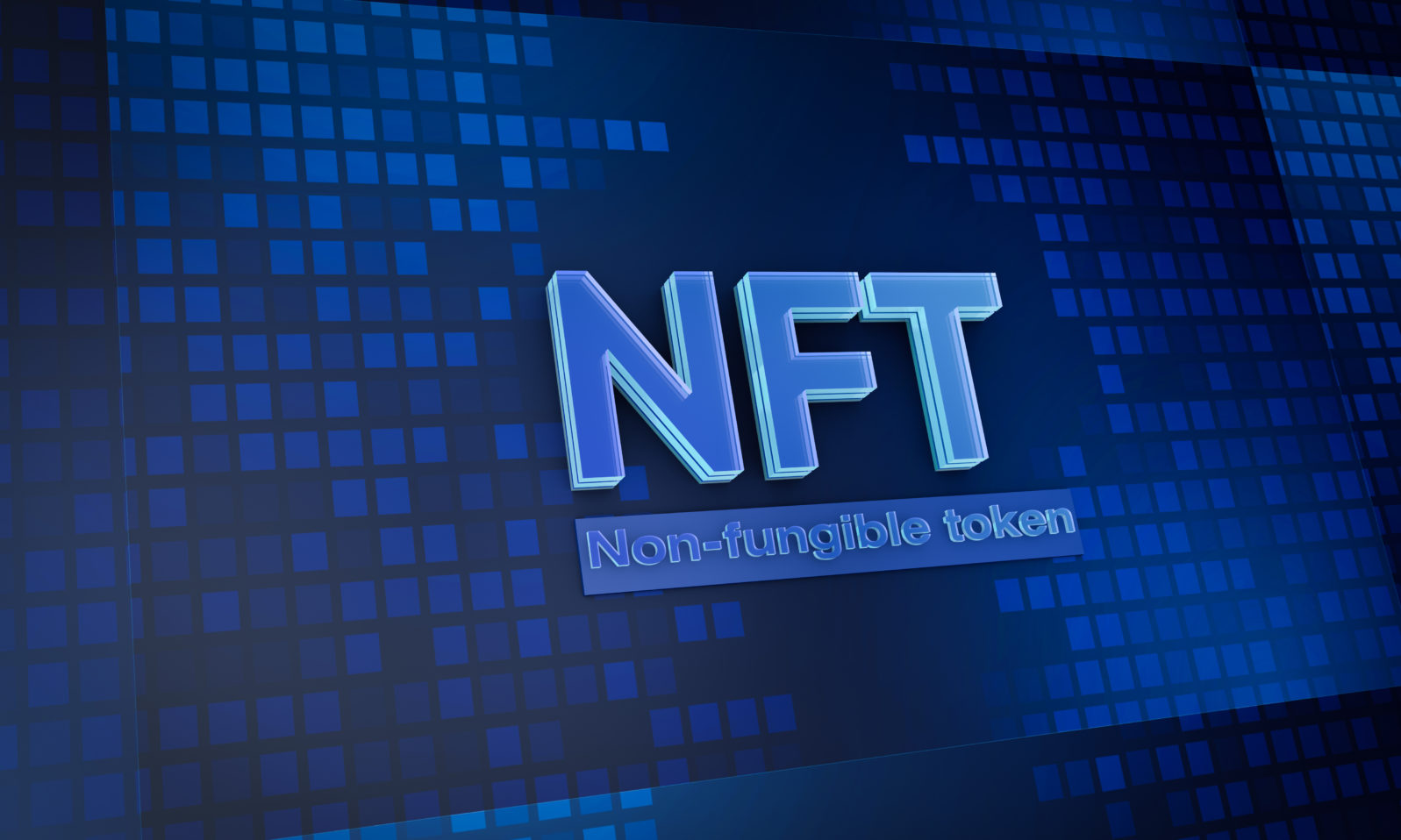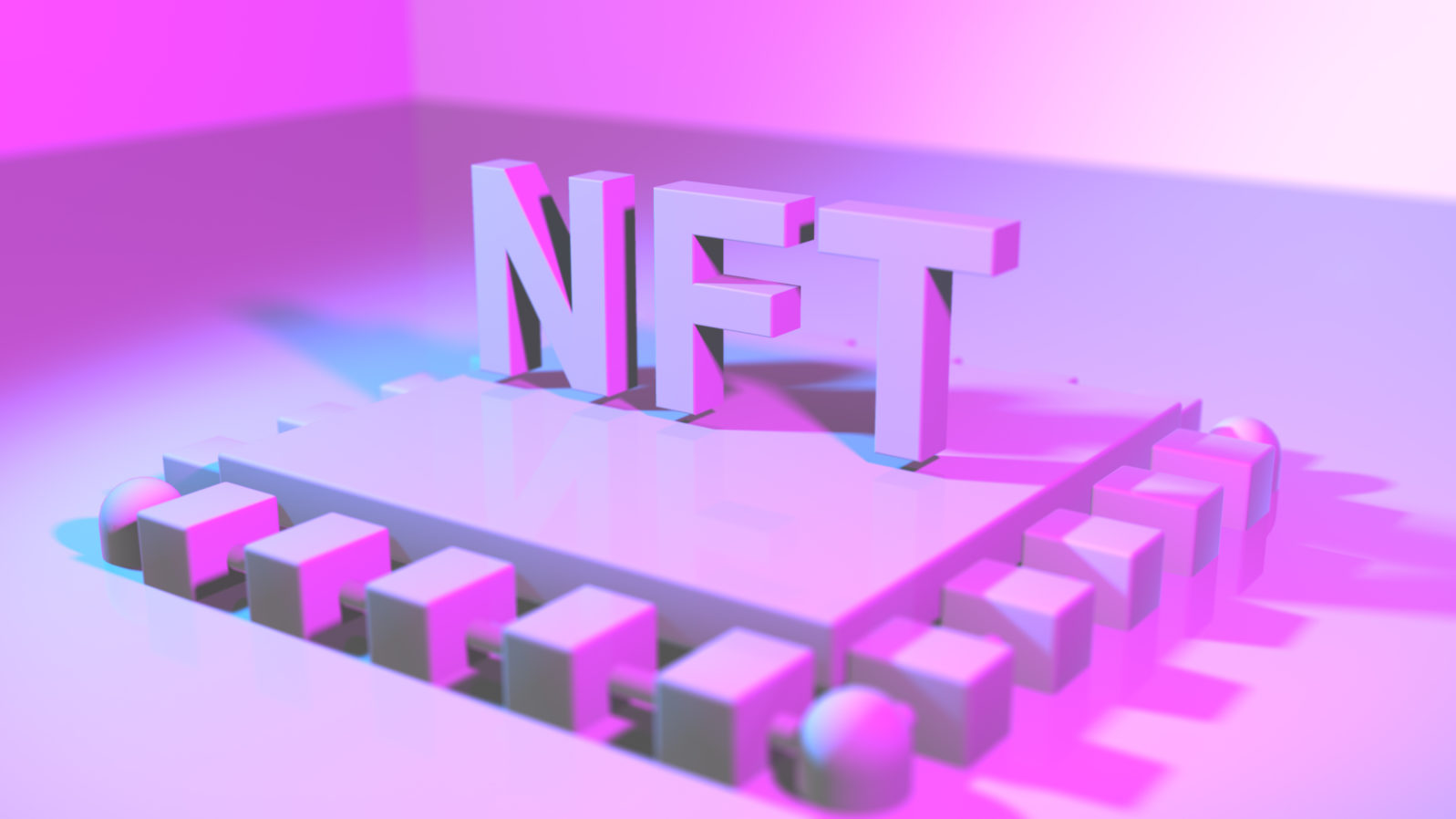What Makes NFTs Valuable? What Does It Mean To Own One?
In the case of non-fungible tokens (NFTs) on the Ethereum blockchain, actual ownership with legal standing is never in fact transferred for the underlying digital fileIntroduction: At Expensivity.com, Bernard Fickser explains that a non-fungible token (NFT) is a unique token in cryptography that represents, say, real estate or art rather than money. Because the tokens have unique identities (non-fungible), they can be bought or sold while reducing the risk of fraud.
So how do they work?: The series is called How Non-Fungible Tokens Work: NFTs Explained, Debunked, and Legitimized (July 30, 2021). In Part 5, we looked at how scarcity, central to the economic value of works of art, can be created in the digital world, where copying is generally quite easy. Now, we look at what makes NFTs valuable and what it means to own them:
6 Value and Ownership of NFTs
In this section, I want to answer two key questions that have been touched on throughout this article: What makes NFTs valuable? And what does it mean to own them? Let’s start with the question of value. Leaving aside partial availability as a form of scarcity to confer value on NFTs (this omission seems advised because anything digital that’s partially available can be made fully available with a single upload or download, and thus constitutes an open temptation to hackers), the question then becomes this: What turns a publicly available digital file, one that is complete, into something of value?

I’ve said before that the crucial element in this alchemy that turns a digital file with no clear value into an NFT that can be monetized and transacted is a signature. To understand how digital signing produces value in NFTs, it helps to consider what physical signing does to produce value in physical things. In practice, physical signatures create value for physical things in two ways (these need not be mutually exclusive):
- AUTOGRAPH VALUE-ADD. The signature is an autograph by a notable person whose notability is captured by the signature and thereby adds value to the thing. (Think of sports memorabilia signed by hall-of-fame athletes.)
- AUTHORIZATION VALUE-ADD. The signature is an authorization by a person of standing that confers rights and privileges over the thing. (Think of documents signed to buy or sell physical property.)
Digital signatures can perform the same function. We’ve seen digital signatures operate as an autograph for Jack Dorsey’s genesis tweet and Beeple’s Everydays. Even if, for Dorsey’s tweet the signature was technically by the Valuables platform and for Beeple’s Everydays by Christie’s auction house, because these services were acting as official representatives for Dorsey and Beeple respectively, the autograph value-add of the signatures on these digital items nonetheless took effect.
With autographs, it’s the notability of the person that adds the value.The signature need have no intrinsic connection to the thing that’s signed. Anything that’s signed by the notable person becomes more valuable simply in virtue of the signature, and this applies as much to physical as to digital signatures. Of course, if the notable person signs too many things (with digital signatures it’s possible to go crazy with signing by automating the signing process), the value of the autographs will go down.
The other task of signatures is to authorize rights and privileges over the thing signed. The ultimate right and privilege to authorize with a signature is ownership, thereby ceding all one’s rights and privileges over it and giving them to another. Unlike the autograph value-add, which requires only a signer, the authorization value-add requires both a signer and an assignee. The signer signs the item over to the assignee. The authorization value-add therefore implies a transfer that takes place on account of the signature. The autograph value-add, by contrast, requires no transfer. Of course, these two value-adds can be combined, so that the autograph and authorization value-adds operate in concert.
Unfortunately, when it comes to the authorization value-add for digital files, confusion is widespread over what is actually being authorized by a digital signature. It’s widely reported that what is being authorized is a transfer of ownership. But as we’ve seen, in the case of NFTs on the Ethereum blockchain, actual ownership with legal standing is never in fact transferred for the underlying digital file. The NFT literature is filled with equivocations about the meaning of the word “own” as it relates to NFTs. Consider the following highlights from a brief article at SuperRare titled “If Anyone Can Download the Art File, Why Would I Buy the NFT?”
The creation of the internet made it nearly impossible for digital artists and creators to 1) prove they created a digital work and 2) monetize these digital creations because everything could be freely downloaded. Ethereum, and the non-fungible token standard (ERC-721) has made huge strides towards solving this problem. For the first time ever, digital creators now have the ability to tokenize their digital artworks as 1 of a kind assets that can be bought, sold and traded, with the provenance of ownership and previous sales/bids being forever recorded on the blockchain…
Yes, anyone can download and view the image for free, but they don’t own it and they can’t gain any value from it without owning the NFT as well. As a collector you want as many people as possible to be downloading and enjoying the artworks that only you provably own because this is how the artwork gains value. Imagine if one million people around the world were featuring an artwork that only you owned on digital frames in their houses. THAT is a piece of art that has real value.
Hackatao, one of SuperRare’s most successful artist duos said it best — “Everybody sees it, only one owns it”.
This is the state-of-the-art argument for legitimating NFTs, and it is deeply flawed. First off, proving that one is the creator of work that exists only digitally is straightforward. Photographers do this all the time, and photo banks such as Getty Images would be out of business except for this fact. Usually, Getty Images applies watermarks to images, which get removed when people download the images for use (the watermarks providing a form of digital scarcity). It’s possible to track unauthorized uses of these images on the web, and some disreputable characters even make a business of putting images out there and then suing people who use them online, often inadvertently, without permission (it’s actually quite a racket).
Proving creation of digital work these days usually requires having a clear web identity, such as with a blog, and then posting the digital work on it. This is what Beeple did for years, and no one questioned that he was the creator of the digital art that appeared on his website (see Beeple-Collect.com). Provenance is also straightforward and simply amounts to identifying a point of origin (usually the first place that a digital work appeared) and then tracking its history across the web.

But perhaps the point of the previous quote is not that digital artists cannot prove that they created a digital work but that they cannot simultaneously prove that they created it and also monetize it. But again, watermarking and digital data embedding technologies, to say nothing of copyright laws and a digital artist’s willingness to enforce them to protect one’s own work, make it possible to prove that one is the creator and to monetize one’s creation. It’s done all the time. Photo banks such as Getty Images are money-making enterprises.
If there is a valid point in the previous quote, it is that NFTs promise to take digital art and allow its creators to turn it into a negotiable instrument, which is to say that the NFT becomes something like an IOU that can be serially signed over to other people as a thing of value and paid for in currency. The Ethereum blockchain is supposed to provide a vehicle for turning NFTs into negotiable instruments, at once recording the digital art and, through the underlying Ether cryptocurrency, allowing NFTs to be paid for as they are traded.
But there are two big problems here. The first is one I’ve noted repeatedly: ownership on the Ethereum blockchain is not ownership in the real world. Real world ownership is ownership with the force of law behind it. Ethereum blockchain-based ownership is purely conventional ownership. It applies only within the Ethereum ecosystem, and nowhere outside. Intellectual property law, for instance, remains in full force and will hold irrespective of NFT ownership. Hence, if you want to use or post the digital art that is the basis for your NFT, you’ll need to get separate authorizations for it (perhaps with the help of an intellectual property attorney).
The other problem is that NFTs shouldn’t even be on a blockchain. Blockchain makes sense for cryptocurrencies. But cryptocurrencies are fungible tokens. The most important reason for blockchain in cryptocurrencies is to avoid the double-spend problem, which is spending the same item of digital currency twice. This is a problem with fungible tokens because they are all interchangeable. But non-fungible tokens, precisely because they are non-fungible, cannot be controlled in the way that fungible cryptocurrency can.
If I have 10 Ether in my cryptowallet, I can try to send 10 Ether to one address and simultaneously 10 Ether to another address (ignore gas fees), but the Ethereum protocol will catch my attempt to double spend and invalidate one or both payments. Moreover, to get new Ether I will either have to mine them or buy them on an exchange. But if a piece of digital art that I created is the basis of an NFT I own, I can sign it over to other parties as often as I please. True, blockchain can prevent me from signing over the same instance of the NFT to two parties, but I can retokenize the same piece of digital art over and over and then sign different copies over to different parties.
But what about payment for NFTs? Don’t such payments need to be made with cryptocurrency? Absolutely not. In fact, NFTs can be created without the need of blockchains and paid for with ordinary fiat currencies. With one slight adjustment, NFTs could be handled at eBay, the adjustment being that eBay make its archive of past auctions available permanently rather than just for the past 90 days, as it does now. Moreover, it’s possible to roll into NFTs full authorization for real legal ownership of the underlying digital asset. We turn next to this revamped conception of NFTs.
Next: Making NFTs work in the real world
Here are all the parts of the series, 1 through 7:
Part 1: Cryptography: Are non-fungible tokens a scam? Or can they work? By Warren Buffett’s logic, if cryptocurrencies are rat poison squared, non-fungible tokens are rat poison to an infinite power. But is that all there is to be said about them? Blockchain technology allows for digital collectibles to be scarce even if they are replicable, thus creating value, like Jack Dorsey’s famous initial tweet.
Part 2: Can digital signatures protect NFTs in digital marketplaces? The concept of owning an NFT on a blockchain is specific to the blockchain with no legal force in society at large. While NFTs are new, the debasement of value by proliferating copies whose marginal value is close to zero has a long and ignominious history.
Part 3: How to create non-fungible tokens (NFTs), simplified. While still deeply skeptical of what ownership of an NFT really means at present, Fickser decided to experiment with creating, buying, and selling NFTs. Bernard Fickser offers a step-by-step explanation, offering an original montage of the Democratic primary in Iowa in 2007 for sale as an illustration.
Part 4: NFTs: You bought one. But do you really own it? Could you ever? Right now, the non-fungible tokens markets leave a lot to be desired as a business proposition, Bernard Fickser explains why. The current NFT regime features no limit on proliferation, no guarantee of scarcity, and terms that disclaim any accountability on the part of the NFT market.
Part 5: In the digital world, what does “scarcity” mean? For a digital artwork like Beetle’s Everydays, which sold for over $69 million, a number of methods are used to prevent copying, thus ensuring uniqueness. Three methods used to ensure uniqueness include partial availability (for fair use), digital marking, and algorithmic immutability (like blockchain).
Part 6: What makes NFTs valuable? What does it mean to own one? In the case of non-fungible tokens (NFTs) on the Ethereum blockchain, actual ownership with legal standing is never in fact transferred for the underlying digital file. Bernard Fickser points out that the NFT literature is filled with equivocations about the meaning of the word “own” as it relates to NFTs.
Part 7: How can non-fungible tokens (NFTs) be made to work better? Bernard Fickser offers twelve steps to handling NFTs in a way that dispenses with cryptocurrency-based blockchains and works in ordinary online marketplaces like eBay. In Fickser’s view, NFTs can work if they avoid self-serving cryptocurrency blockchains like Ethereum and enable real-world legal transfers of ownership.
Also: Jonathan Bartlett’s response: Blockchains have NFTs unnecessarily tied down. New ideas propose severing the accidental relationship between NFTs and blockchains. For NFTs, the blockchain is actually reducing the value of the NFT, as it introduces additional dependencies and costs for maintaining NFTs
